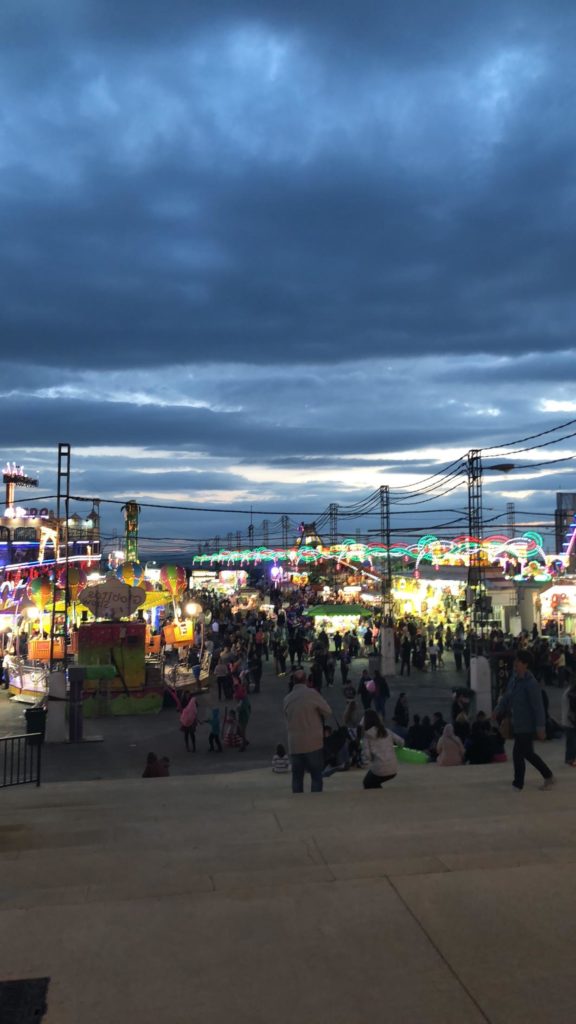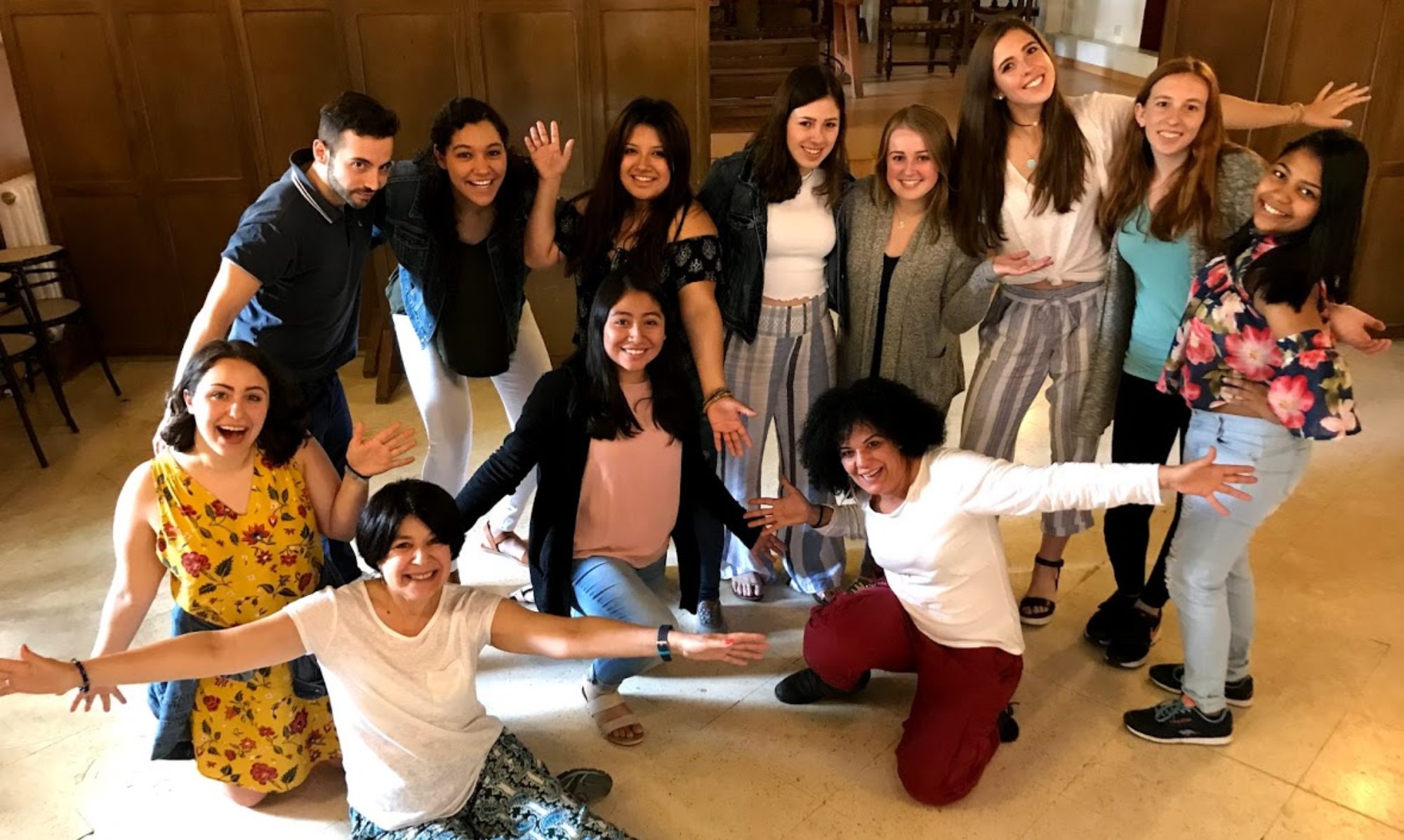
After our exciting visit to Sevilla, we were off on the second leg of our journey. After two trains and a taxi ride, we arrived in the beautiful city of Granada, whose name means ‘pomegranate’ in Spanish, although the name of the city has Arabic origins. Granada is located in Spain’s autonomous region of Andalucia, which is known for its hilly landscape and Arabic influences. In the 15th century, Granada was the only Muslim territory throughout Spain, where the Nasrid Dynasty was established until its reconquest by the Spanish Catholic Monarchs King Ferdinand and Queen Isabella in 1492. Once in the city, we were dropped off at the luxurious Barceló Hotel, where we didn’t hesitate to enjoy lunch with a view by the rooftop pool. We spent the rest of the day bathing in the sun, relaxing, and exploring the streets of Granada, which are filled with plenty of young people, shops, and restaurants, and got ready for the fun festivities of the night.
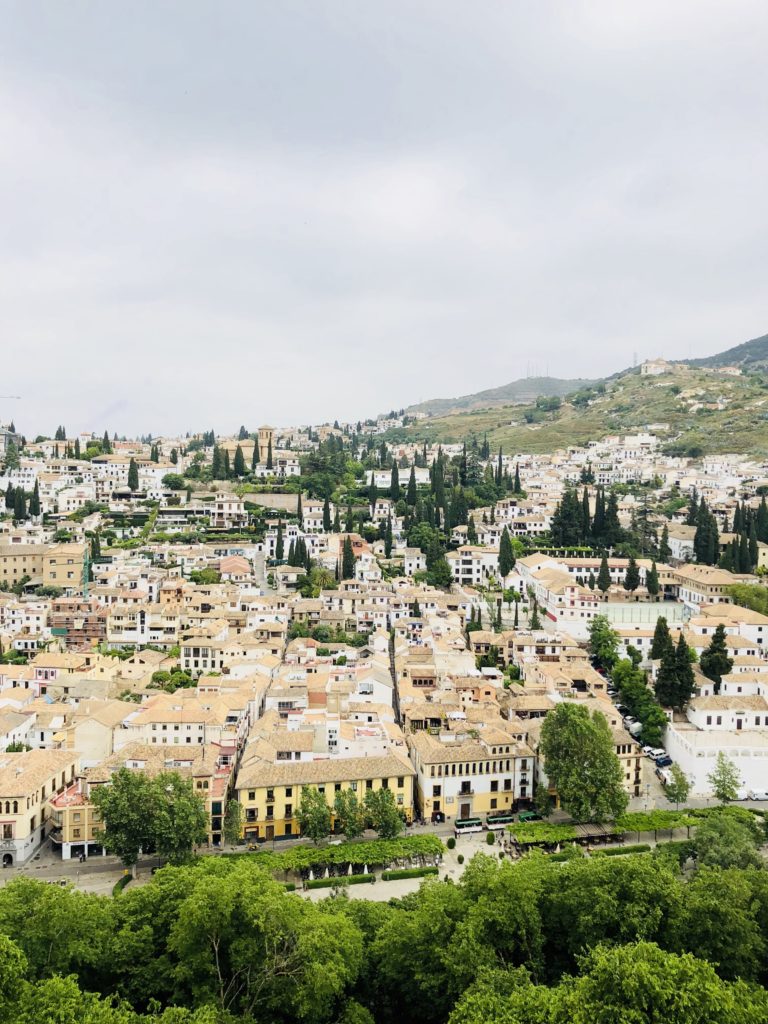
That night, our professors surprised us by taking us out into the outskirts of the city to experience the local and traditional culture. First, we drove through the Albaicín neighborhood, one of the oldest districts in Granada where the Moors lived during the Nasrid Dynasty. We maneuvered through its many winding, narrow roads, and steep hills until we arrived at an establishment where we enjoyed a special flamenco performance, where we shared the experience in an intimate setting with people from all parts of the world. The performance included a singer, musicians, and flamenco dancers dressed in beautiful flamenco skirts with ruffles and castanets.
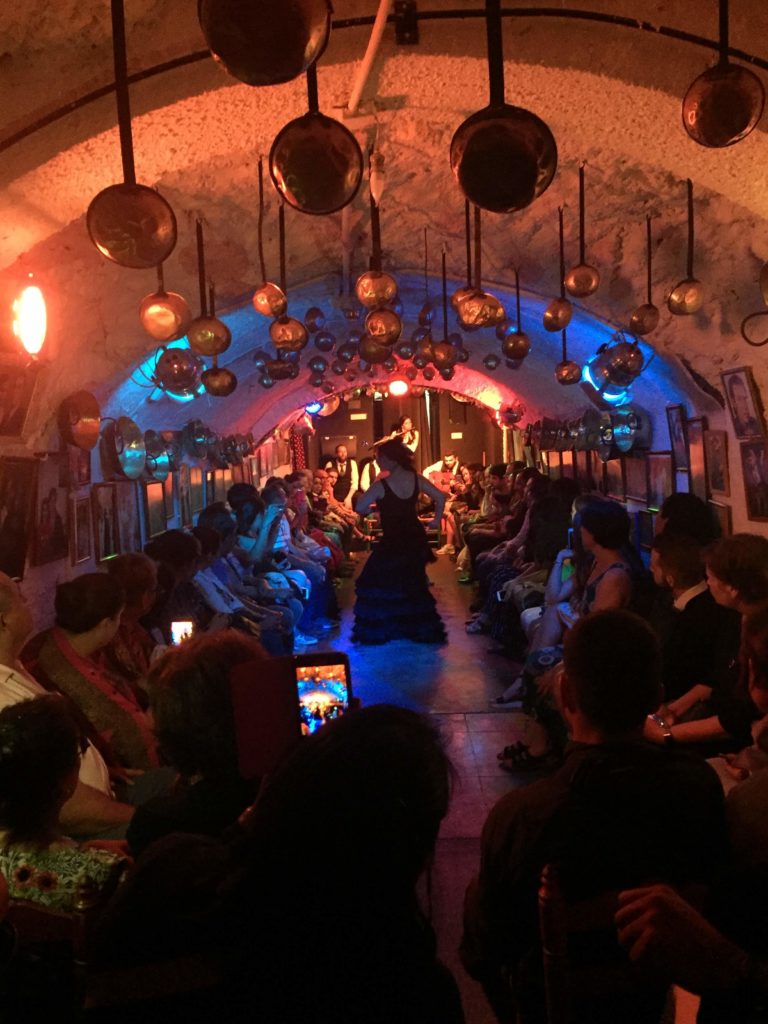
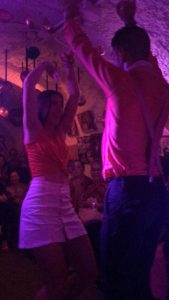
We were lucky enough to see our classmates Bryn and Helen, and even Professor Lokos, show us their moves on the dance floor when the dancers called up participants!
After the performance, we took a walking tour through the Albaicín neighborhood, where we learned about the carmen, a traditional house structure which consists of a garden and a high wall that separates the house from the street. We also got an amazing view of the Alhambra lit up at night from across the city, which we planned to visit the next day.

On our second and last day in Granada, we all made the trek from our hotel up into the hills to La Alhambra, the magnificent palace and former fortress which looms over the the whole city. The complex originated as a small fortress built in 889 AD, and has since been continuously been renovated and added upon, most notably by the arabic Nasrid Empire, the Catholic Queen Isabella and King Ferdinand, and the Holy Roman Emperor Charles I.
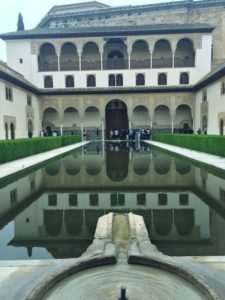
As we roamed through the seemingly infinite palaces, courtyards, and gardens of the Alhambra with Professors Lokos and Juan, we were all notably quiet – no doubt a result of the literal breathtaking beauty of each space. Because of its continued change of ownership by various empires, the Alhambra features a mix of Muslim, Jewish, and Christian architectural styles, and therefore is totally unique in all the world, even on a peninsula notorious for its various cultural influences. But even amongst this seemingly chaotic mix of styles and structures, the Alhambra exudes a serenity and harmony that left each of us in awe. Just look at our photos – you’ll know too!
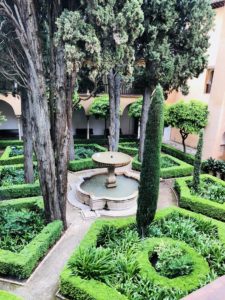
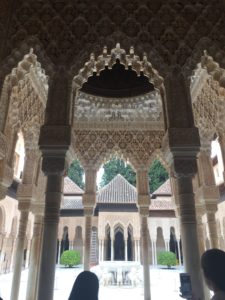
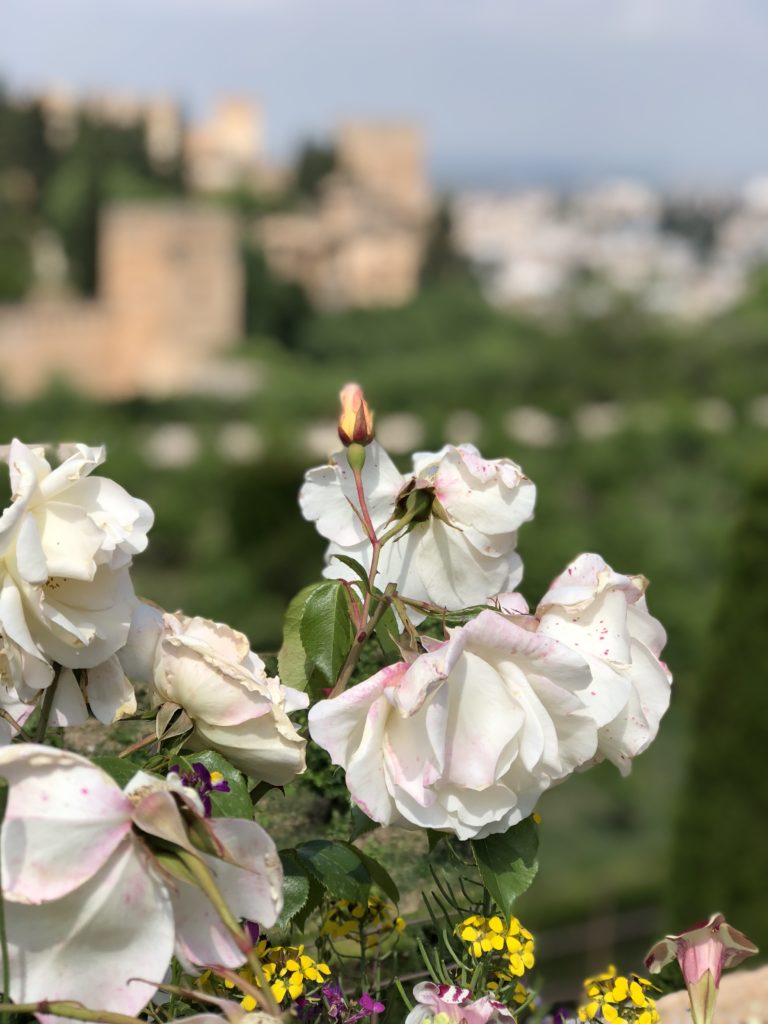
The night before our departure, some of us took the bus to the Feria de Granada, an annual springtime celebration for the people and visitors of Granada during the Christian holiday of Corpus Christi.The fair was vibrant with lights, filled with live music, dancing, restaurants, games, and rides. At the fair, we danced bachata together, shared a dinner of tapas, which included bread, calamari and Spanish omelettes (Spanish delicacies– Yum!), bought some sweet treats, and rode rides. We rode La Rana (The Frog), which is a ride that makes your stomach drop as you spin forwards and backwards at high speed. None of us were brave enough to take on the extreme thrill rides, but we enjoyed watching others as they screamed with excitement. Everyone had an amazing night while we unwound and took part in the festivities before a day of travel. Attending the Feria de Granada was the perfect way to end our trip, as it allowed us to share in the city’s culture and customs through the celebration of the city and its people.
